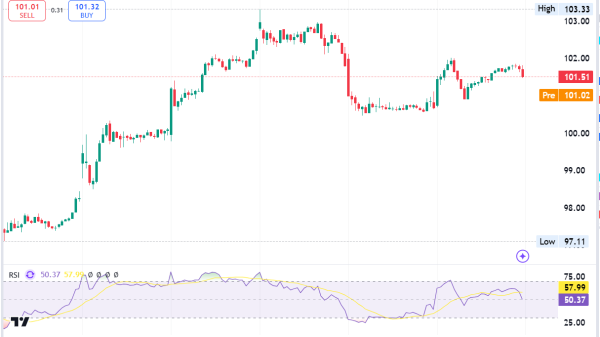
The European Securities and Markets Authority (ESMA) is actively preparing for the implementation of the Markets in Crypto-Assets (MiCA) regulation, marking a significant milestone in bringing comprehensive oversight to the digital asset space.
As the ESMA prepares for the enforcement of the MiCA regulation, it has devised a comprehensive plan to address risks associated with crypto assets and establish a regulatory framework for the crypto space.
Markets in Crypto-Assets Regulation Why should you #BeCryptoAware? What’s ESMA’s role?
Consumers face risks when investing in #CryptoAssets or consuming crypto services.#MiCA is no safe harbour. Crypto assets remain highly volatile and speculative.https://t.co/CYVPFJgIZx pic.twitter.com/vWGKR3vaQV
— ESMA – EU Securities Markets Regulator (@ESMAComms) January 16, 2024
In July 2023, ESMA released a consultative paper focused on the technical specifications for crypto asset service providers (CASPs), marking the first of three consultative packages related to MiCA mandates. MiCA is scheduled to become effective in June 2023 and introduces measures to regulate crypto assets and mitigate associated risks.
ESMA, collaborating with the European Banking Authority (EBA), the European Insurance and Occupational Pensions Authority (EIOPA), and the European Central Bank (ECB), is conducting a public consultation process to finalize technical standards. The regulatory roadmap for MiCA spans three packages over 12 to 18 months, starting in June 2023.
The first package, launched in July 2023, delves into specific mandates such as notification content, application for authorization, and complaint handling procedures. Market participants are eagerly awaiting the clarity and certainty that MiCA is expected to bring to the crypto industry.
Despite the anticipated benefits of MiCA, ESMA has cautioned that the regulation is not a foolproof haven for investors. Instead, it aims to provide a regulatory architecture that fortifies the crypto ecosystem while acknowledging inherent risks.
The comprehensive plan includes measures related to authorization, governance, conflict resolution, and complaint handling procedures. The response to the consultative paper was due in September 2023, and a draft of the finalized standards is expected to be submitted to the European Commission by June 30, 2024, as mandated by MiCA.
Subsequent packages, scheduled for October 2023 and Q1 2024, progressively cover a range of critical mandates contributing to the holistic regulation of crypto assets. The MiCA rule assumes that already licensed entities are generally capable of providing crypto asset services but requires them to provide additional information through notifications to national competent authorities (NCAs). ESMA is seeking feedback on regulatory technical standards and implementing technical standards for notifications from CASPs.
MiCA Regulations Contribute to 51% Decline in Crypto Fraud; ESMA Cautions on Investor Protection
The crypto industry is undergoing a transformative period with a focus on sustainability, business continuity, trade transparency, and investor protection. The Markets in Crypto-Assets (MiCA) regulatory measures are shaping this evolution, aiming to ensure a secure and compliant future for crypto-assets in the European market.
MiCA regulations have contributed to a significant decline of 51% in crypto fraud, indicating a notable shift in the industry landscape. However, this decline in illicit activities within the crypto space has led to a redirection of cybercriminals’ attention toward the payments sector, resulting in a 56% increase in fraud cases reported last year.
While MiCA is strengthening the crypto market against fraudulent activities, the European Securities and Markets Authority (ESMA) has cautioned that these regulations will not fully protect crypto retail traders until December 2024.
Also, in October 2023, ESMA stated that investors will not be protected under European Union cryptoasset market rules until the end of 2024. Even after that period, investors should be prepared to face the risk of losing all their money.
The EU has implemented a comprehensive set of rules, known as MiCA, to regulate markets for crypto assets, but the full application is scheduled for December 2024. ESMA emphasized that even with the implementation of MiCA, there is no such thing as a “safe” cryptoasset, and investors need to consider the potential loss of all invested funds.
Full protections may not be available until July 2026 in EU states that grant an 18-month transitional period for crypto firms. ESMA is working with national regulators to encourage convergence in applying MiCA rules to prevent illicit practices in the EU.
The post ESMA Unveils Plan to Address Crypto Risks Ahead of MiCA Regulation Implementation appeared first on Cryptonews.






























